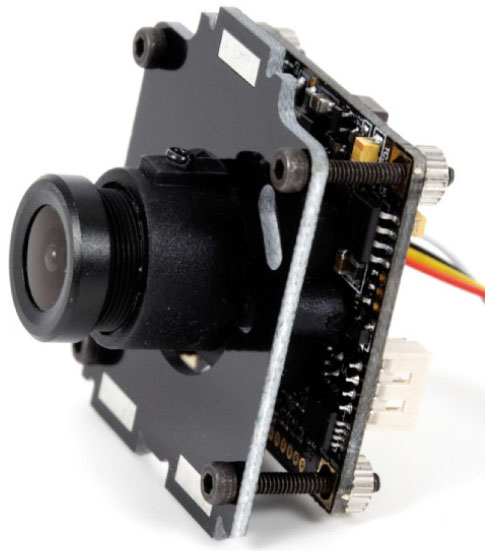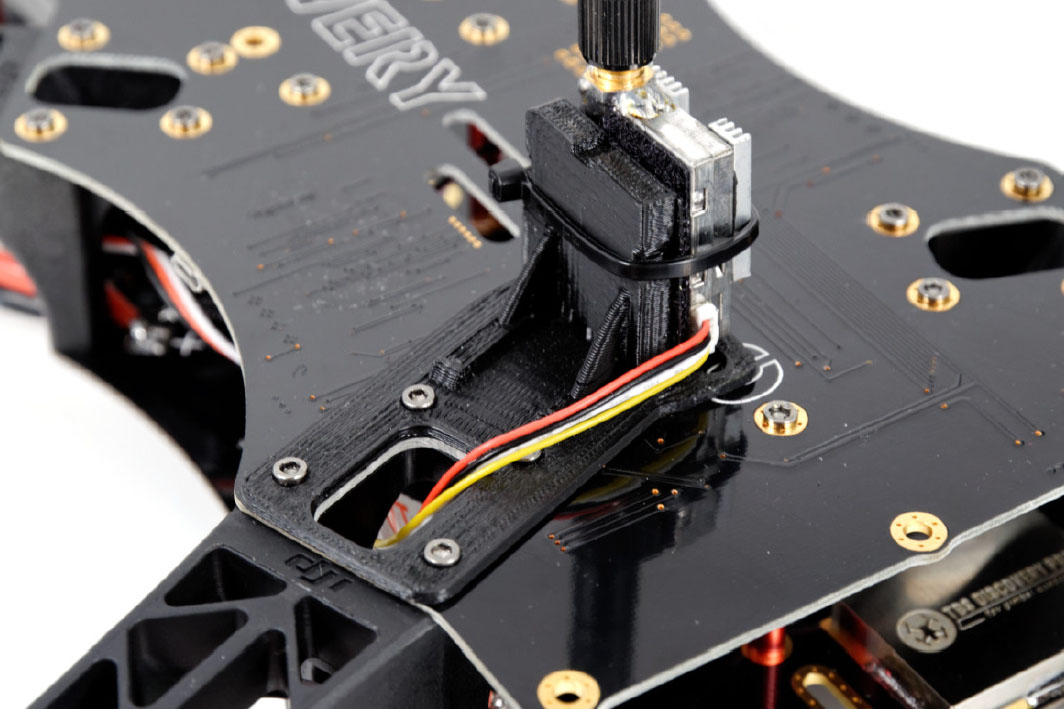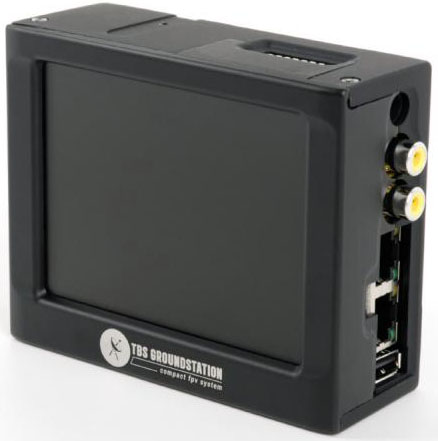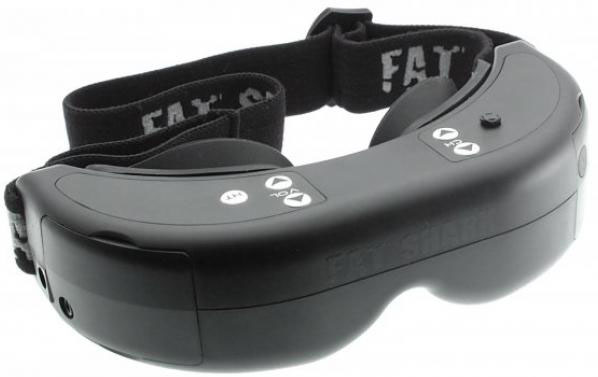Team BlackSheep Discovery Pro: Building A $3000 Quadcopter
Is it any surprise that PC enthusiasts also dabble in other technology-driven hobbies? Our editorial team recently purchased a high-end quadcopter to gauge the accessibility of first-person-view flight. Follow along as we build and critique the process.
FPV: Lawmate, Fat Shark And TBS
As an R/C enthusiast growing up, I already knew the joy of standing under an awning at a hobbyist’s airport and flying rectangular patterns, being careful to keep my craft close enough to determine its orientation. Fly too far and it became difficult to tell front from back, and I watched more than a handful of planes tumble through fields when their pilots strayed too far away and couldn’t tell whether to roll left or right.
The idea of FPV got me excited because it plopped me into the cockpit. And if you plan to take your quadcopter out of LoS, then its first-person-view subsystem is incredibly important. I went with a tuned 2.4GHz transmitter (TBS’ Unify wasn’t available yet) and tuned receiver, upgraded to include the groundstation and a 5000mAh 3S LiPo battery to match. A set of Fat Shark Dominator video glasses plug into the receiver through one long combination video/power cable. It’s all quite fancy-looking on the ground.
Pretty much opposite the R/C hardware, an FPV subsystem beams video from the quadcopter’s camera, through a video transmitter and into a receiver on the ground. You can observe the feed through an LCD screen, as with TBS’ groundstation, or with FPV goggles on.
There’s no real software configuration involved, aside from any options you want to change in TBS’s CORE menu (like enabling camera switching). Setup is as easy as running power from the Discovery Pro’s frame to the transmitter, picking a channel via DIP switch, matching that channel on your receiver, and plugging in your FPV goggles. If you upgrade to the groundstation like I did, you get a compact LCD display that observers can watch as you fly through the Fat Shark Dominators. You can hook the goggles up through a long bundled cable or, if you prefer a little more freedom, add a 5.8GHz repeater to broadcast video to them wirelessly. I didn’t plan to wander too far from the groundstation, so I passed on that option.
FPV is the defining characteristic of this experience. Yes, the quad-copter itself is amazing to fly, and the ability to record video from hundreds (or thousands) of feet up presents a multitude of practical applications. But a pilot’s view is what attracted me to TBS’ Discovery Pro after so many years away from the R/C world. TBS, leveraging its own products and hand-picked third-party offerings, not only makes it easy to get started, but also enjoy a professional-quality experience. As of this writing, my video link still isn’t perfectly clear and stable out to long distances. But there are enough enthusiasts out there successfully flying the same equipment several kilometers and back that I’m confident I just need one more weekend to iron out the remaining few bugs.
Get Tom's Hardware's best news and in-depth reviews, straight to your inbox.
Current page: FPV: Lawmate, Fat Shark And TBS
Prev Page The Gimbal Next Page Be A Responsible Enthusiast



